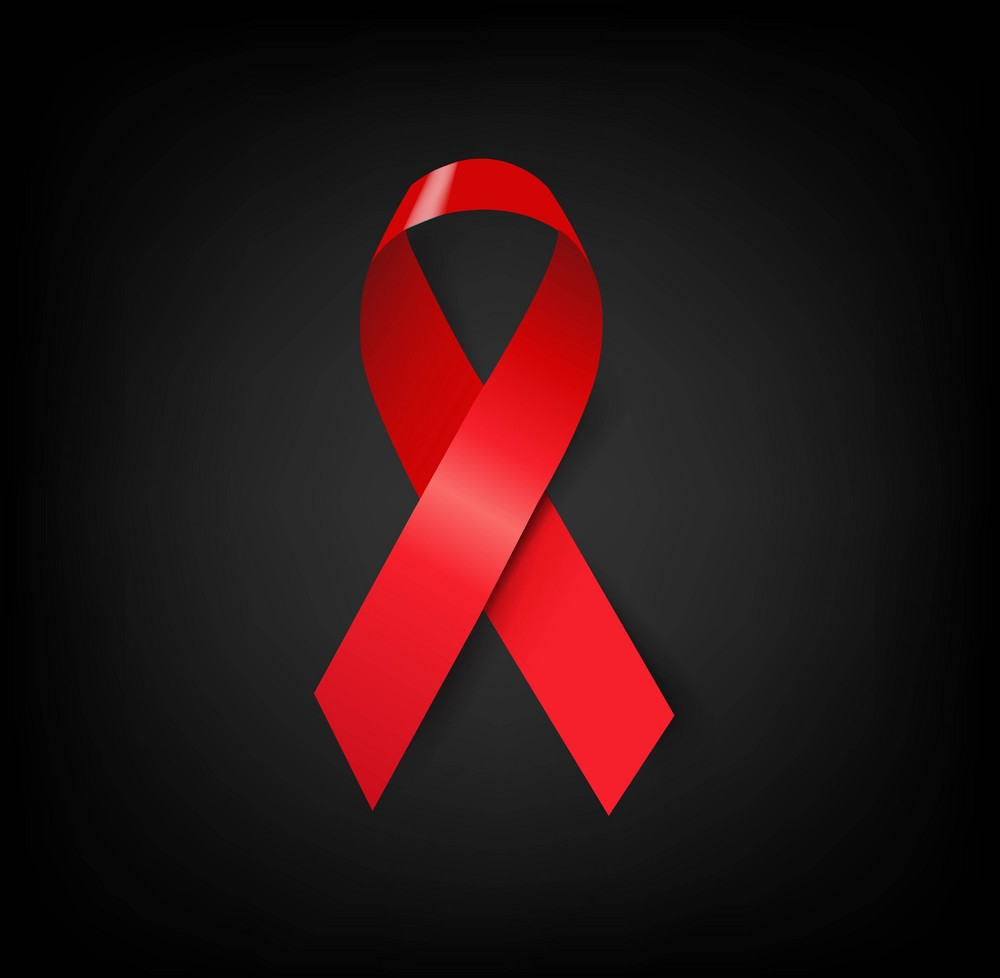Covid - 19 pandemic had pushed the deadline ahead by almost five years
Bihar registers around 8000 new cases of people living with HIV (PLHIV) annually and ranks third, after Maharastra and Uttar Pradesh, in new HIV/AIDS infections each year, despite a 27% reduction in the rate of new infections since 2010, said UNICEF Bihar health specialist Dr. S. Siddhartha Shankar Reddy on the sidelines of an HIV/AIDS awareness event.
Young people accounted for the highest incidence of PLHIV in the state, according to the latest sentinel survey conducted by the National AIDS Control Organization (NACO) in 2017. In 1986, the first known cases of HIV in India were diagnosed by Dr. Suniti Solomon. She diagnosed with all samples are HIV positive cases and announced by her proper report to Indian government. 30 HIV patients were affected in India.
Among them, intravenous drug users and gay men or men who have sex with men (MSM) accounted for the majority of new HIV/AIDS cases added each year, Dr. Reddy added.
The trend of reporting higher infection among female sex workers (FSWs) has now shifted to (MSM), Dr. Reddy said. Truck drivers and migrant workers were the group most vulnerable to contracting AIDS/ HIV.
However, with a PLHIV prevalence rate of 0.17% (the number of people who test positive for HIV out of a population of 100), the state fared better than the national average of 0.22%, as it moved toward the national goal of eliminating the public threat of the disease by 2030, added Dr Reddy.
The Covid - 19 pandemic had advanced the deadline almost five years. In fact, HIV testing was affected during the pandemic in 2020-21 when 577,103 people were tested, of whom 1, 12% (6,469) tested positive. Before that, 8, 51,346 were tested in 2019-20, of whom 1.16% (9,928) were found to be HIV positive, state health officials said.
However, annual testing figures from Bihar indicate that the number of people testing positive for HIV/AIDS in the state is declining.
Anshul Agrawal, project manager at Bihar State AIDS Control Society (BSACS) said, "From 1.83% HIV/AIDS positive, when 11,000 out of 6 lakh people tested positive in 2018-19, to 0.91% in 2021-22, when 7,139 out of 687,439 tested as of February tested positive, Bihar's interventions have been effective." Agarwal added, "The decline in the HIV/AIDS positive rate has been made possible by our interventions and concerted efforts to spread awareness of the disease among the masses."
With 1.34 lakh infected, Bihar accounted for nearly 5.77% of India's 23.19 lakh people living with HIV/AIDS.
Nafisa Binte Shafique, UNICEF Bihar field office chief, said a three pronged approach, including spreading awareness of HIV prevention; address social stigma and discrimination against PLHIV; and make HIV testing and counselling available in all health facilities, to further reduce infection.
In addition to raising awareness, Bihar Health Minister Mangal Pandey advocated for early HIV/AIDS testing and treatment. Although challenging, he said, all efforts must be made to provide quality of life for people living with HIV/AIDS. He said the state government had doled out $Rs23 million in different welfare schemes last fiscal year for PLHIV/AIDS.





The Brief. Sign up to receive the top stories you need to know right now.